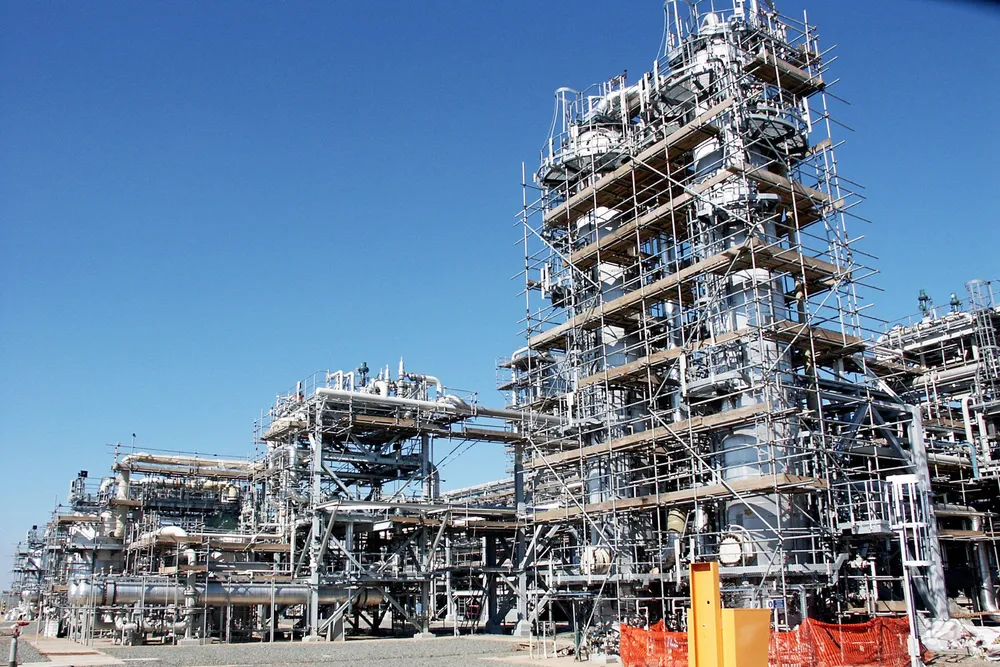Kazakhstan: Production suspended at another foreign-led oil and gas project
Country’s oil industry has to deal with major export restrictions via a Russian transit route, with Kazakhstan’s total oil output down 20% from July’s highs

Country’s oil industry has to deal with major export restrictions via a Russian transit route, with Kazakhstan’s total oil output down 20% from July’s highs
